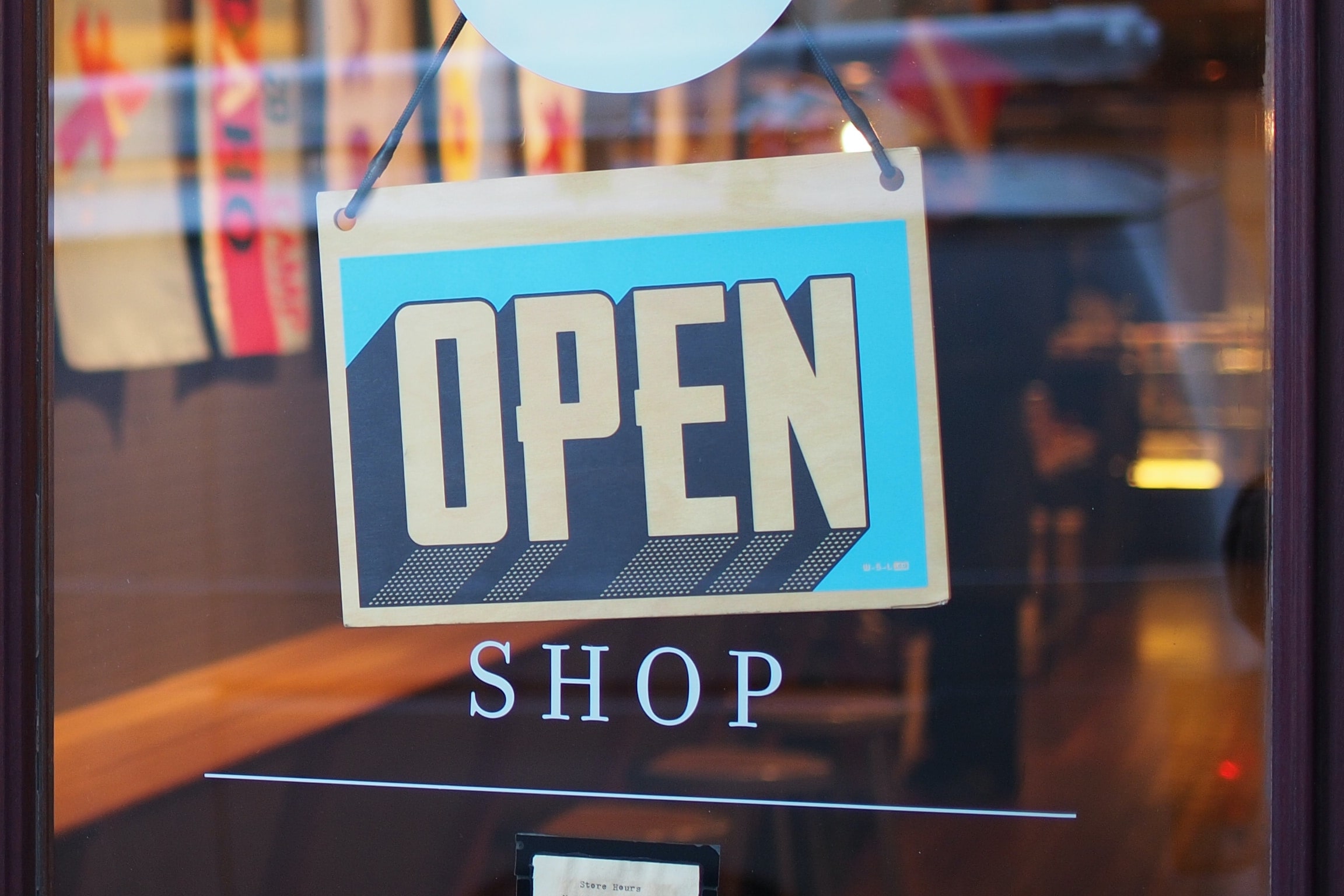By David Price, Managing Director, The Grove Media
Having gone through a period of considerable change and uncertainty with the pandemic, consumers are now having to cope with pressures on wages, rising retail prices and a scarcity of some products due to international supply chain issues. Add to this: rapid technologic developments, climate change and conflicts around the world, and we have very pronounced set of issues affecting consumers. In light of this, we’ve put together eight key consumer trends together with key brand actions for retail marketers.
Cost of living crisis is shifting our behaviours
Consumers are having to cope with a cost-of-living crisis amid a variety of global uncertainties. According to WARC, this is driving new spending habits. Understandably consumers are shopping around for lower prices and delaying purchases. This is clearly having an impact on brand loyalty. And discretionary spending is being hit, with 34% of consumers saying they have cut back on out of home entertainment in the past 12 months.
Brand action: Ongoing price re/evaluation is essential. Understand that while we are all affected by the crisis, different groups are responding in different ways. Shift marketing actions and comms messaging to providing real help for people.
Our changing world is shaping sustainable living
While economic and global events are focusing consumer minds on day-to-day living, they have not forgotten about sustainability. Increasingly, people are understanding that climate change is having a direct impact on high street prices. Consumers still care about brands’ commitment to sustainability and social responsibility, even if they are having to balance these issues against other pressing concerns.
Brand action: Avoid greenwashing. While there is a growing trend for ‘greenhushing’, be transparent about your sustainable practices – this a long game for brands. Collaborate with partners in the circular economy and help consumers make sustainable choices.
Continuing shift towards online shopping
It will come as no surprise that there is still a steady increase towards online and away from in-store shopping. This puts increasing pressure on bricks and mortar footfall. However, ONS data shows that the upwards trend is back to previous levels after the huge spike in online shopping during the pandemic. Equally, bricks and more footfall has shown modest improvements this year – total UK footfall increased by 1.8% in July according to BRC – but the cost-of-living crisis continues to impact high street retail.
Brand action: Managing a split between online and in-store retail and marketing is still very much the approach taken by many retailers. For stores looking to drive footfall, we recommend a smart combination of outdoor and mobile to make use of hyper-local targeting and personalised messages and offers.
Social commerce is here to stay
Social commerce has been boosted by technological change, increasing time spent on social media and the proliferation and increasing effectiveness of influencer marketing. Gen Y and Gen Z turn to social media for brand research rather than using online search, and influencers are boosting both discovery and purchase. All of the major platforms are making it easier and more attractive for SMEs to sell via social media putting increasing pressure on traditional retail.
Brand action: Understand your place and options in social commerce. Optimise the search experience on social and create seamless journeys. Focus on your social content strategy to drive experience and engagement, and, where relevant, work with the right influencers for your brand.
Consumers want both privacy and personalisation
With growing media coverage of how tech companies are capturing and using our data, people are understandably concerned about privacy. But as online marketing becomes ever more sophisticated and people seek content and offers that are right for them, so the need for personalisation increases. This is a tricky but important balance that retail brands must achieve.
Brand action: Consumers will share their data in exchange for benefits so ensure content is valuable and authentic and that offers are relevant and meaningful. Gen Z and Gen Y expect brands to know their likes and needs and are intolerant of irrelevant marketing.
Shoppers are more willing to engage with brands but want better experiences
Similar to expectations surrounding personalisation, today’s shoppers are more willing to engage more with retail brands. This is true across all age groups, with younger consumers notably expecting brands to use advanced technologies to enhance their experiences. And that experience goes beyond content and commerce to paid media.
Brand action: Focusing on online experience is critical to ensure consumer engagement and to develop brand loyalty. And remember many consumers are just as concerned about being deluged with irrelevant and intrusive ads on their favourite platforms as they are about having the right experience in content and commerce environments.
Significant shifts in spending in home category
While the cost-of-living crisis is seeing consumers reprioritising discretionary spending away from home purchase, Mintel UK paints a more optimistic picture for home retailers that can adapt and play to current consumer trends. According to Mintel’s Summer Trends, the necessity nature of the home market will remain important as consumers shift from spending on the bigger-ticket projects to lower-ticket purchasing. Many consumers will focus on their home as a place of entertainment and look to cut costs in other categories.
Brand action: Home retailers should invest in loyalty programmes, using their customer data to create personalised experiences and offer relevant discounts. Support consumer missions in home retail: value for money and sustainability are notable here.
Gifting refurbished items and the growth of vintage shopping
As consumers look to cut costs, gifting second hand or refurbished items is a clear trend according to the IPA, with 67% of consumers saying they would be happy to receive a second-hand item. We are also seeing the ongoing popularity of vintage shopping. According to Global Data, the clothes resale market in the UK grew by 149% between 2016 and 2022 and is forecast to rise by 67.5% from 2022 to 2026.
Brand action: Understand consumer interest in these areas. Help with repair and product care advice and focus on sustainability. Tap into the love of vintage and nostalgia – IKEA is currently doing with this by reissuing classic items from the 60s, 70s and 80s.
While some of these changes in consumer behaviour may seem challenging, the old adage is still true: out of adversity can come opportunity. Consumers may be cutting spending while demanding ever more from brands, but those retailers that get under the skin of consumer needs and help shoppers with their missions will be well placed to navigate change and succeed in the long run.
Featured image: Mike Petruccci / Unsplash










